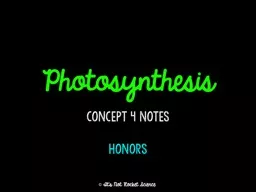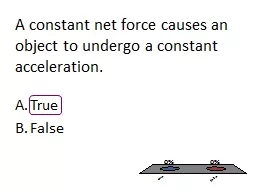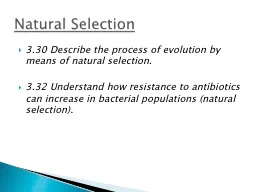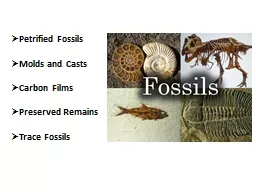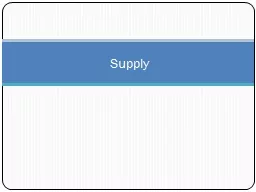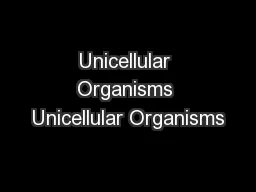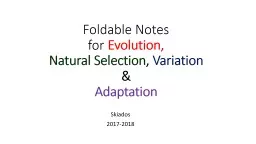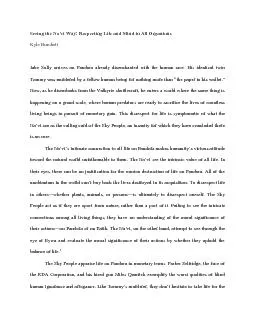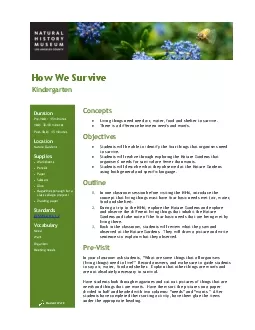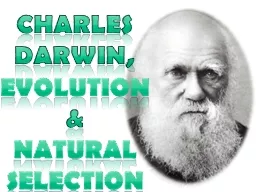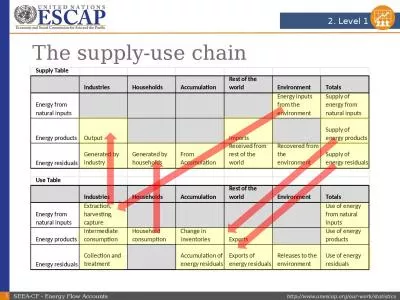PPT-Overview All organisms need a constant supply of energy to survive.
Author : rivernescafe | Published Date : 2020-06-15
For most life on earth the ultimate source of energy is the sun Converting that energy source into something usable is accomplished by photosynthesis Overview
Presentation Embed Code
Download Presentation
Download Presentation The PPT/PDF document "Overview All organisms need a constant s..." is the property of its rightful owner. Permission is granted to download and print the materials on this website for personal, non-commercial use only, and to display it on your personal computer provided you do not modify the materials and that you retain all copyright notices contained in the materials. By downloading content from our website, you accept the terms of this agreement.
Overview All organisms need a constant supply of energy to survive.: Transcript
Download Rules Of Document
"Overview All organisms need a constant supply of energy to survive."The content belongs to its owner. You may download and print it for personal use, without modification, and keep all copyright notices. By downloading, you agree to these terms.
Related Documents

